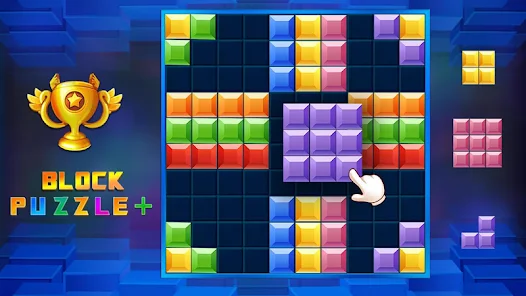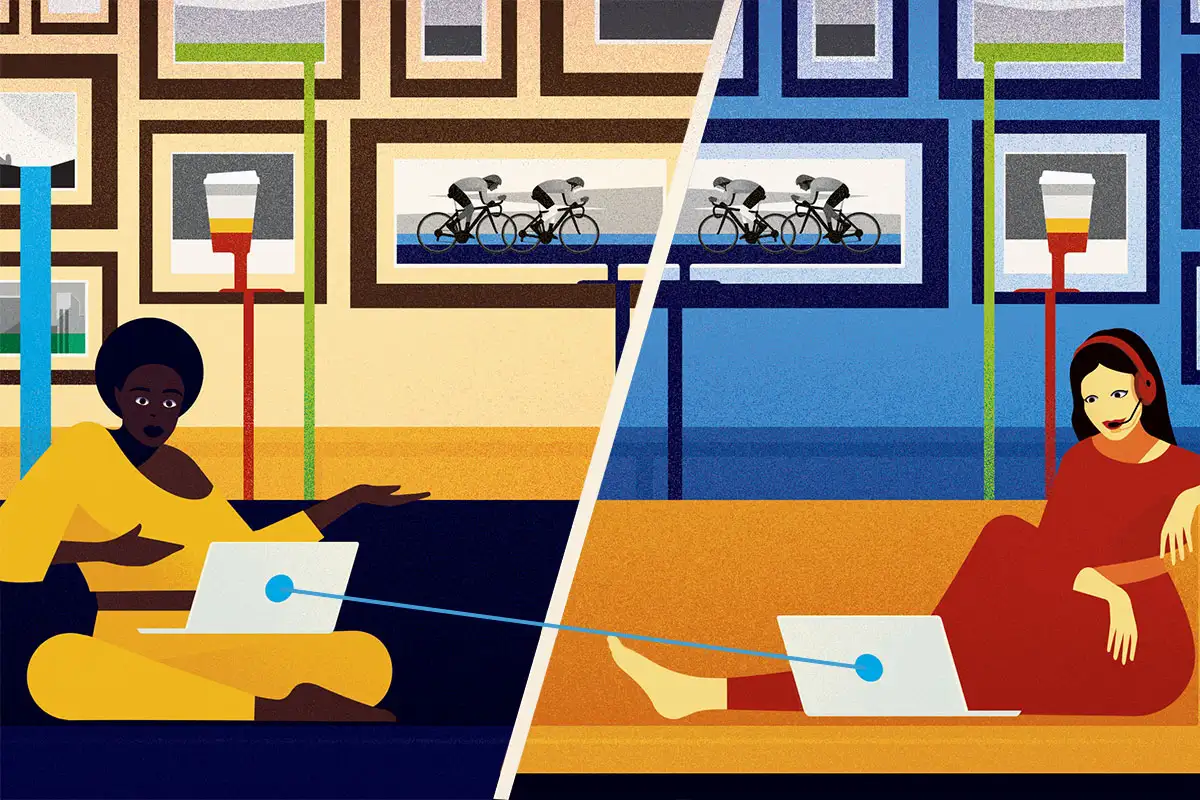Video games today look like real adventures, sometimes even better written and expressed than many Hollywood movies. Knowing that, it’s only natural to assume that players want complexity, sprawling narratives, and cinematic flair. Some of them do, true. But 2025 is proving, once again, that sometimes less really is more.
Casual gaming–as in those simple, easy-to-pick-up experiences–remains the king of downtime entertainment. From puzzle apps to mahjong tables, hyper-casual games, and countless bite-sized digital diversions, simplicity is not just surviving in the gaming landscape, it’s thriving.
The reason is clear: people want accessibility, not barriers. Games that take hours to learn or demand marathon sessions can feel intimidating, while casual games invite everyone in, regardless of age, skill level, or time constraints. That universal welcome is what makes this genre unstoppable.
Puzzle apps
Puzzle apps are a cornerstone of the casual gaming scene. Titles like Candy Crush Saga or Two Dots continue to attract millions of players daily, and newer games refine the formula with fresh twists. You can even connect dots in a game tied with the LinkedIn app nowadays.
In 2025, puzzle apps aren’t just about matching colors or connecting shapes. They’re more like mini-ecosystems. Many feature seasonal events, community leaderboards, and even wellness tie-ins that encourage players to “relax and recharge” as they solve.
The appeal is that puzzles are quick, satisfying, and endlessly repeatable. You can pick them up during a lunch break, on the train, or while waiting for a friend, and feel that tiny burst of accomplishment. There’s no pressure to grind for rare gear or memorize complex controls. The only requirement is a bit of focus and the willingness to chase that small, satisfying “click” when a puzzle finally falls into place.
Mahjong
Mahjong has been around for centuries, but in 2025 it’s enjoying a digital renaissance. Online platforms have made it easier than ever to play free mahjong and to sit at a virtual table with players from around the world. The rhythm of scanning tiles, building sets, and staying alert to opponents’ strategies shifts beautifully to the digital space. It’s competitive, but never overwhelming, and that balance makes it a quintessential casual game.
What’s fueling its modern resurgence is accessibility. Digital mahjong apps remove the need for physical tiles or long setup, and many now include streamlined tutorials that ease beginners into the game. For veteran players, global matchmaking provides constant variety and challenge. Mahjong blends tradition with technology, proving that casual games don’t have to be new to feel fresh. They just need to be available where people already are: on their phones and laptops.
Hyper-casual games
If puzzle apps and mahjong lean on depth, hyper-casual games go the opposite direction. These are the “tap once, play instantly” titles that dominate app stores and advertising networks. Think of endless runners, quick reflex challenges, or quirky one-button mechanics like flipping a bottle or slicing virtual fruit. They’re games you can understand in seconds, play in minutes, and return to endlessly without ever feeling locked out.
In 2025, hyper-casual games are becoming even more experimental. Developers are mixing simple mechanics with bold, vibrant aesthetics or humorous scenarios. The result is a steady stream of lightweight experiences that offer quick dopamine hits without heavy commitments. For players who crave distraction rather than immersion, hyper-casual games deliver.
Social connection in small doses
Casual games have also evolved into social platforms in their own right. Where once they were solitary, today they integrate multiplayer modes, leaderboards, or simple social mechanics. Competing against friends in a puzzle challenge, or teaming up for a round of digital mahjong, turns casual gaming into a shared experience.
These connections don’t demand the scheduling headaches of coordinating an evening-long multiplayer raid. Instead, they’re bite-sized, social check-ins. These are low-pressure ways to stay connected with friends and family. That mix of play and light community makes casual games feel more like digital coffee breaks than competitive arenas.
Accessibility is the secret ingredient
The rise of casual gaming is inseparable from its accessibility. Most casual games are free-to-play, requiring no upfront investment. They run on smartphones, tablets, and browsers, meaning you don’t need expensive consoles or powerful PCs to join in. With global internet speeds climbing and mobile devices becoming ubiquitous, this kind of gaming has become the default entertainment option for millions.
For many, it’s the comfort of knowing that games are there whenever you want them, without friction. No sign-ins, no downloads that take hours, no 30-minute tutorials before the fun starts. This ease of entry makes casual gaming inclusive. It’s drawing in players who may never consider themselves “gamers” in the traditional sense.
Nostalgia meets innovation
Solitaire, Tetris, Minesweeper, and other classics still thrive on mobile platforms, often dressed up with fresh graphics or multiplayer features. Mahjong is a prime example of a traditional game finding new life in digital form. Players enjoy the comfort of something familiar while appreciating the convenience and novelty that modern technology adds.
It’s the same reason puzzle games never go out of style–they connect generations. A teenager and their grandparents can both pick up the same app, understand the rules instantly, and enjoy it equally. That shared accessibility is rare in more complex genres.
The wellness angle
Developers are more open about marketing their games as stress relievers, focus enhancers, or brain-training aids. Sudoku apps promote mental sharpness, while word puzzles highlight vocabulary growth. Mahjong and logic-based games are pitched as exercises for memory and concentration.
This blend of entertainment and wellness resonates with players who want more than just fun. Casual gaming becomes part of daily routines for relaxation, self-improvement, or simply a way to unplug from heavier digital noise.


